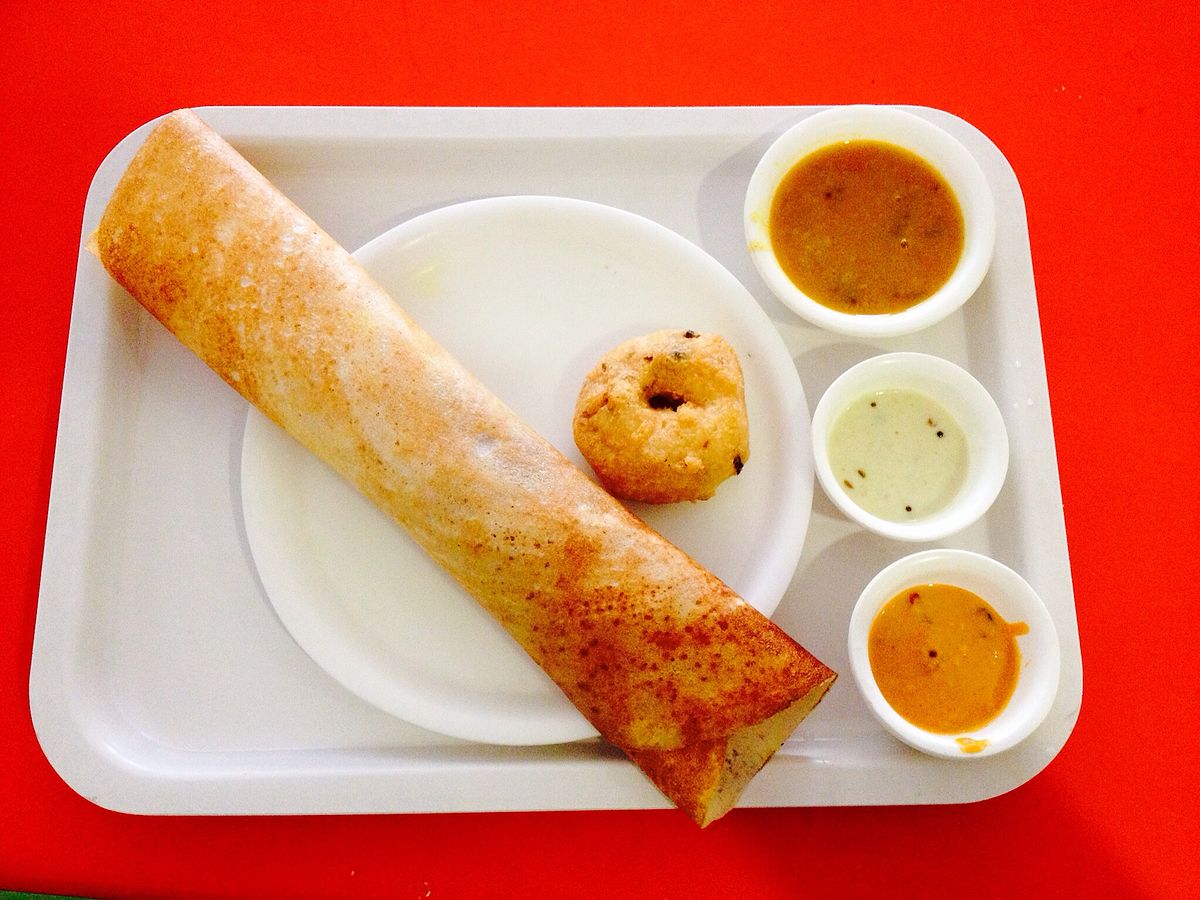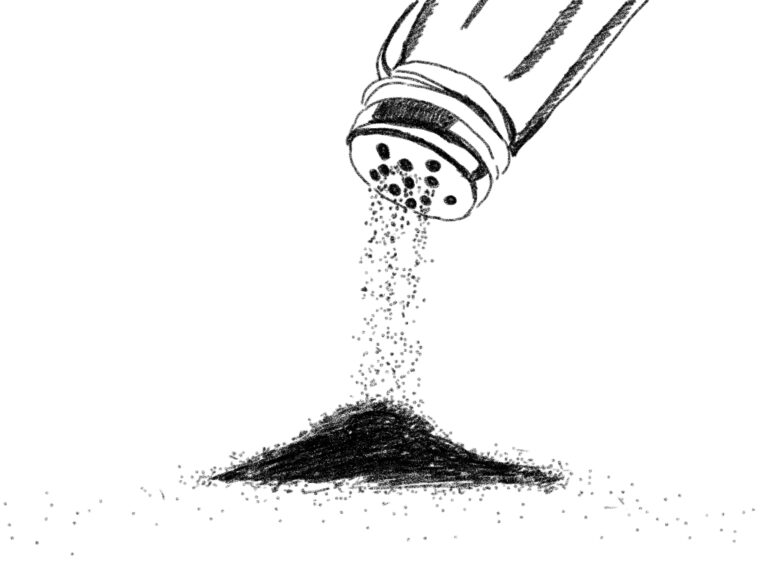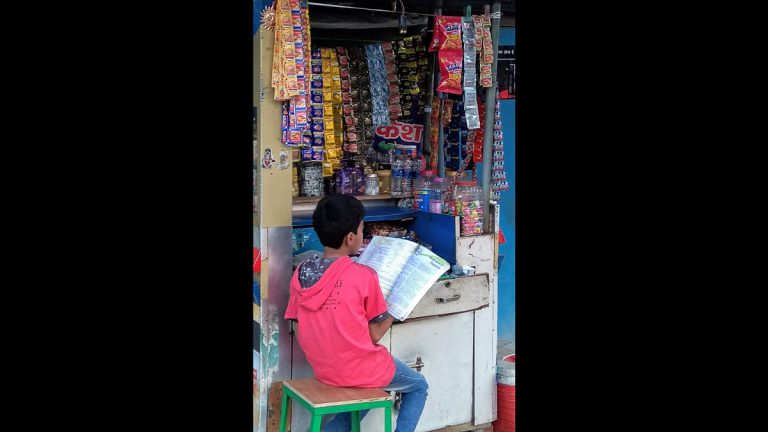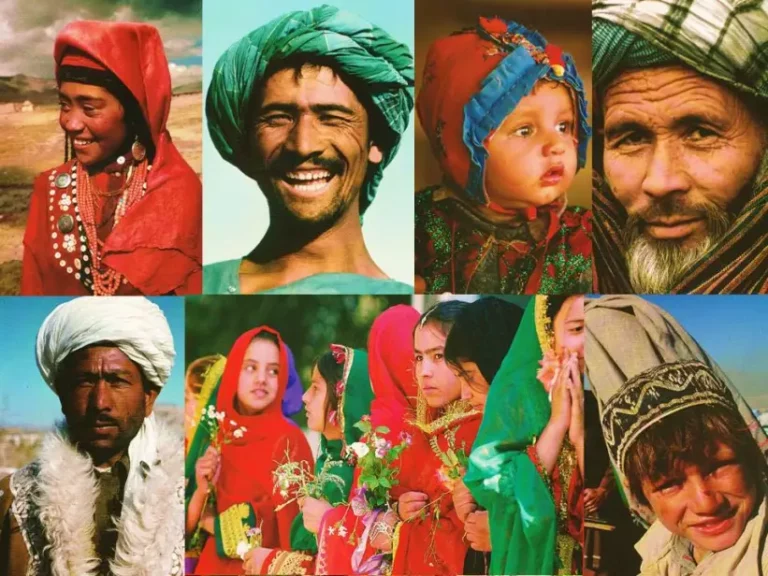The Masala in the INDIAN MASALA DOSA!
Dr. Jayan Philip is a Contributing Writer at The ArmChair Journal. His career as an educator spans over three decades, encompassing roles both in India and abroad. His passion for knowledge dissemination extends beyond traditional teaching to include extensive experience as a quiz master. His two forthcoming books are The Indomitable Gandhi, The Indefatigable Gandhi and Quintessentially Quizzical. He believes that through an understanding of history, individuals can gain valuable insights into both the triumphs and tribulations of the past, thereby enhancing their ability to make informed decisions and cultivate critical thinking skills in the present day.
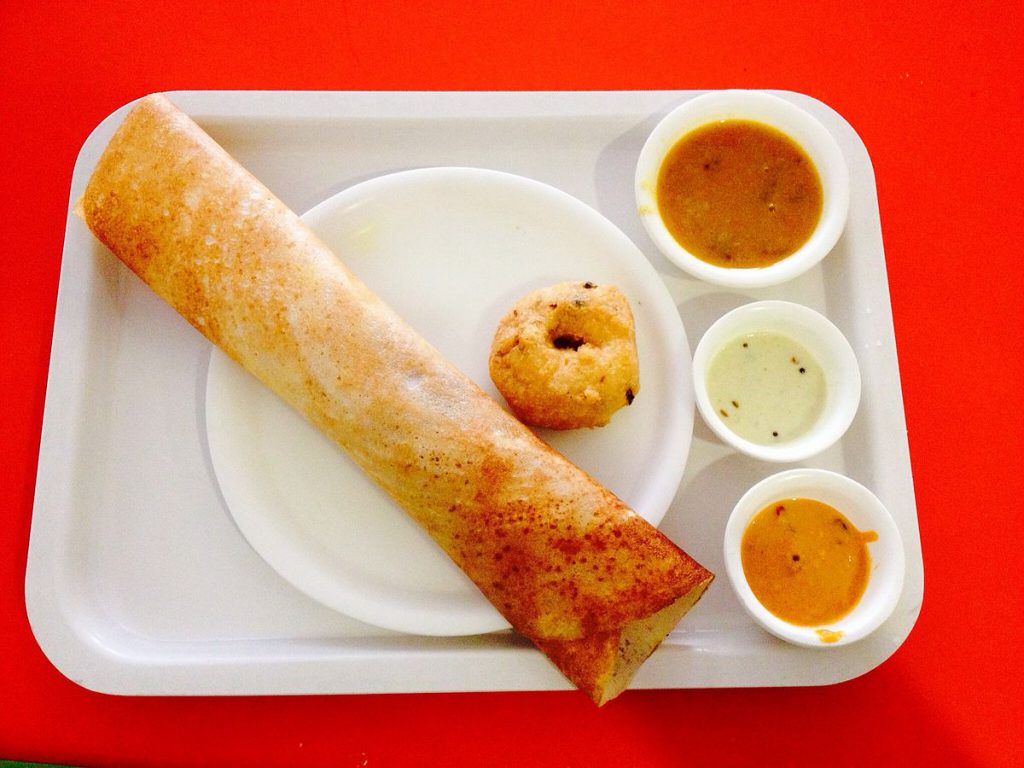
Across India and the world, the Masala Dosa might be taken as a local delicacy or popular one; but the fascination for the hot, crispy brownish flattened pancake or crepe with the yellowish, mashed, cooked potato, dotted with mustard seeds, a tinge of green and the popping of the green curry leaves lightens the day; certainly fattens the tummy but doesn’t flatten it.
The making of the Dosa is a sight to behold in the Indian streets and restaurants; it needs a particular skill for the dosa maker to pour the batter with a ladle on a circular or squared oily black griddle and the sight of the smoke curling up, a dollop of butter sizzling-bubbling; slowly bringing the transformational colour change from white to light or dark brown depending on the dosa makers patience and his most precious weapon, the stainless steel spatula or a blackened wooden one. The final craftsmanship before the dosa lands on someone’s plate lies in the twist which the dosa man makes as he navigates and brings out the final curvaceous fold that hides the cooked potato inside the folds.
Also Read: What’s cooking in your Indian Kitchen, the Great?
In between, the most vital ingredient which needs to be added and makes the crucial differentiation between a plain dosa and a masala dosa is the smashed potato with few red chillies and coriander leaves which makes the difference and clinches the deal for the buyer to enjoy and the seller to earn a living. It also needs to be noted that for the passerby, the dusty lanes nor the pollutants in the air aren’t a major concern nor an irritant. What matters to him is the Indian Masala Dosa wherever you are; in dhoti or saree, salwar kameez, or jeans or the modern millennial with a plunging neckline or a trimmed muscular body.
The hot chai or coffee served in the small steel cup which sits by the side of the plate makes a good sight and keeps the customer in high spirits as he or she comes to the last bite of the crispy, oily brown masala dosa. The snack begins with the dosa and ends with the chai or kappi (coffee). For an Indian, the dosa and the vada are an intrinsic part of his daily life whether at home or outside. A colourful array of chutneys on the dosa plate not only adds to the color but also the flavor. The orange sambhar and the mint-green chutney give a spicy twist to the dosa when eaten.
Also Read: The Pasta fetish and the Macaroni Reality
Food is an integral part of our culture and adds to our commonalities irrespective of our linguistic, regional, and religious differences. The making of Dosa across the world is a clear instance of cultural integration or fusion and a by-product of globalization. It creates employment for thousands; caters to different economic sectors from transport to distribution and to the farmer behind every meal at home or outside, or onboard.
As we travel, there is something that travels with us obediently and fearfully. It’s food, crispy or salty, sweet or meat. It’s always a treat when it is right to pop into one’s mouth but the second it becomes naturally exhausted or stale, it finds its way to the dustbin. Masala Dosa is like that: everyone likes it when the hot golden-coloured folded crispy dosa is attractive and tempting to the tastebuds and the eye. As it becomes older within minutes after it is born, straight from the black paddle of the masala chef, it loses its charm, beauty and taste, and ownership. So the hotter the masala dosa, the happier the recipient who owns the dosa in his hand and also the dosa joint or any other restaurant in the street, whatever name it has.
Perhaps every day as I walk towards the bus stand to board my Neev school bus, there is a gathering of 10-15 people below a small hotel called Dosa Camp. The camp lasts only for a few hours since the dosa is hot along with the morning chai or coffee and the rush hour begins before the dust settles in for the start of another day. It’s become too nostalgic for me as the lockdown has kept the shutters down of the Dosa Camp and the crowd is missing in the same way I miss seeing the specific Dosa Camp crowd.
Also Read: Food: Its role in evolution of society and politics
So, how did the Masala Dosa originate or come into this world of ours and our motherland called India? Once a Maharaja of Mysore did not like to waste food, and so he asked his cooks to come up with something innovative. One of them inserted a small amount of the smashed potato and gave the plain dosa a fold which became a fad and a fashion statement in the cuisine world today. The rest is history, which is an intrinsic part of our lives whether we like it or not.
As the KSRTC bus or any vehicle passes through Udupi, we pass through the town, which many believe, gave us the Masala Dosa. It also brings us to a conclusive statement and a fact that cultural integration, of which food plays a dominant role, is a by-product of migration both internally and externally within a country or a region. As people move, so does food. As the railgadi picks up speed and slows down before the next station the food also arrives or has traveled for the traveller. The Indian Railways, which is the largest public sector undertaking in the world has thousands of vendors on duty selling the different types of dosa in packets across the length and breadth of the country.
Across the oceans, the Masala Dosa remains the favourite snack among the masses, in India or abroad. The pedestrians or the shoppers in any of the major cities around the world, in New York, Paris, London, Sydney, Singapore, Pretoria, or anywhere in the Gulf would not be baffled or confused by the sight of the curved, rounded, hot, and crispy thin brownish Dosa because it is a delight for the passerby and a treat for the one having it. In India, it is not only a sight but virtually a self-proclaimed right to have a dosa at one’s time of choosing. The family of Dosas with the names like Rava Dosa, Ghee roast, Plain Dosa, and of course the Masala Dosas are waiting for you and me.
It’s your choice which you make through your voice or action, which makes a safe landing of the Dosa, fresh and crisp, on your plate in your hand!
Picture Credits: Wikimedia Commons


